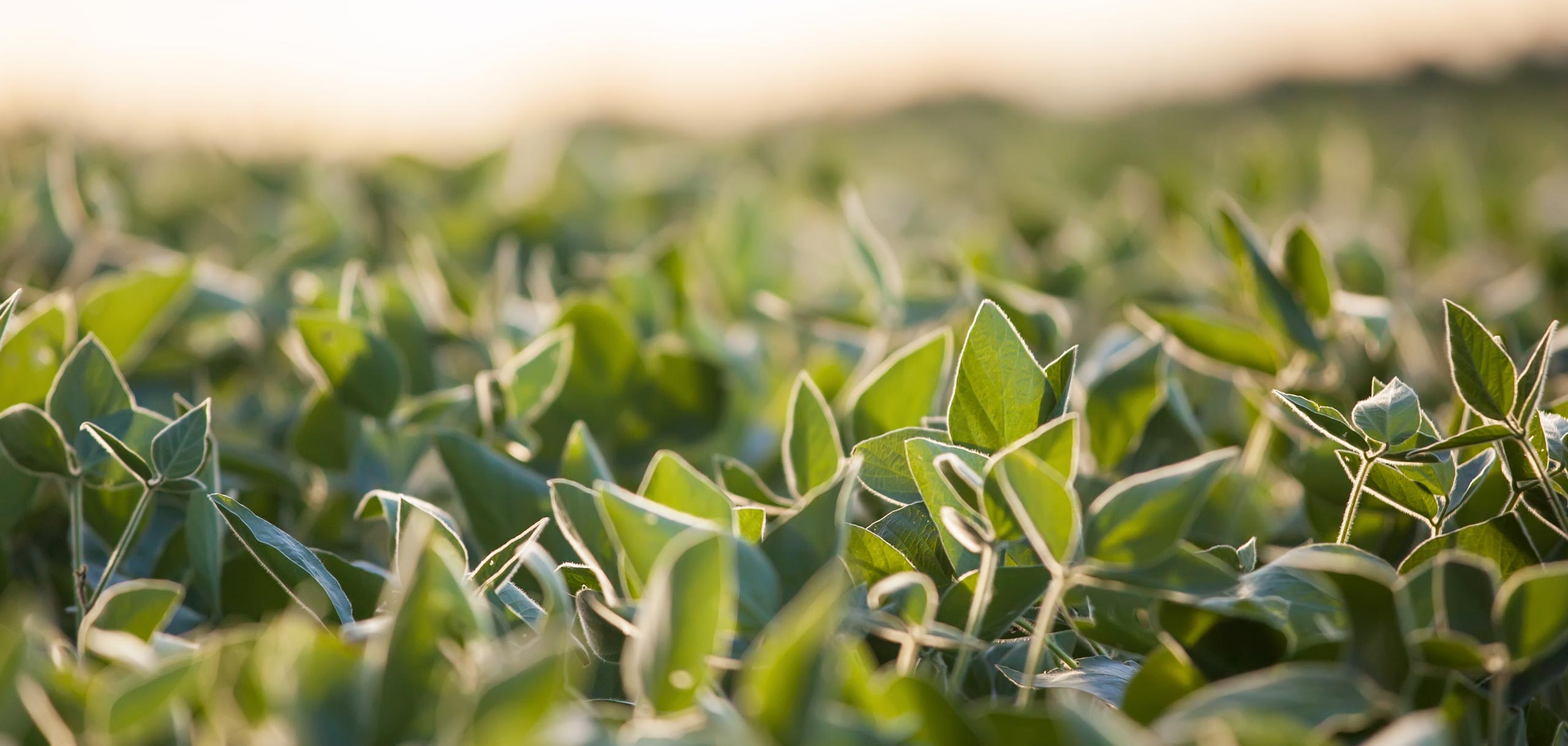Report Concludes that Nearly Two-Thirds of Global Food Fish will be Supplied by Aquaculture and Fish Farms by 2030
- Category:
- General News

A new joint report, “Fish to 2030: Prospects for Fisheries and Aquaculture,” collaboratively produced between the World Bank, Food and Agriculture Organization (FAO) of the United Nations and the International Food Policy Research Institution (IFPRI) examines the outlook for aquaculture and fisheries. By 2030, catches from wild capture fisheries are expected to level off amid rising demand for low cost protein from a growing middle class, especially in China. According to FAO, 38% of all fish produced in the world at this time is exported and over two-thirds of fishery exports from developing countries are directed to developed countries. The report predicts that by 2030, China will account for 38% of the consumption of global food fish. China and other nations are increasing their aquaculture investments to help meet this growing demand. Asia, including South Asia, Southeast Asia, China and Japan is projected to make up 70% of global fish food consumption by 2030. In addition, sub-Saharan Africa’s total fish consumption is expected to rise 30% overall. The report predicts that 62% of food fish will be produced by aquaculture by 2030 with tilapia, carp and catfish expected to make up the bulk of this supply.
According to Juergen Voegele, the World Bank’s Director of Agriculture and Environmental Services, the report provides valuable information for developing countries wishing to grow their economies through sustainable fish production. “Supplying fish sustainably . . . is a huge challenge. We continue to see excessive and irresponsible harvesting in capture fisheries and in aquaculture, disease outbreaks among other things, have heavily impacted production. If countries can get their resource management right, they will be well placed to benefit from the changing trade environment.”
USSEC continues to be very active in establishing aquaculture programs promoting the utilization of U.S. soy throughout the world, especially in Southeast Asia and Latin America.